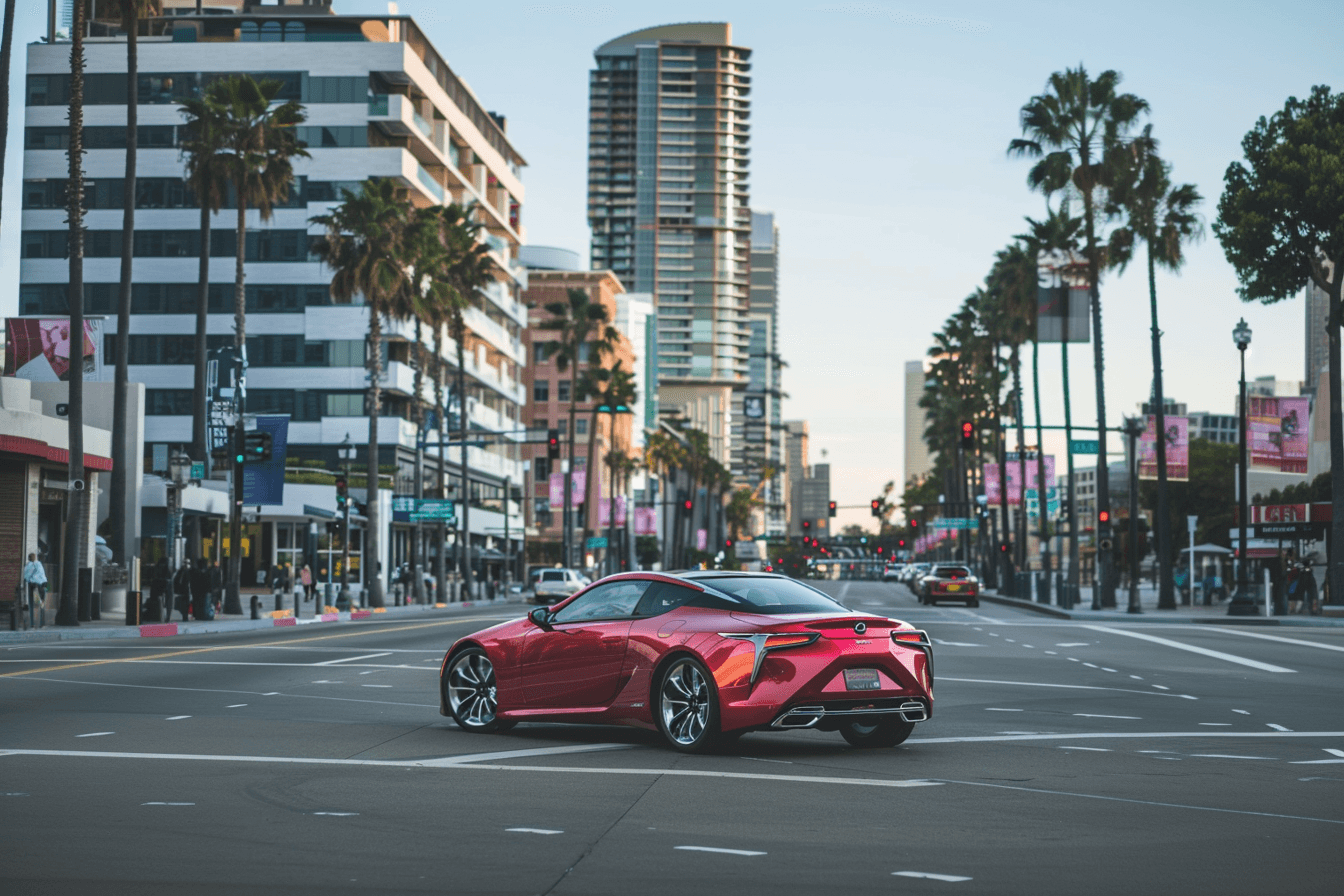Exploring the Gap: Why Trade-In Values Are Lower Than Retail Prices
Written By
CarOracle Experts
Published
May 25, 2023
Discover why trade-in values are lower than retail prices. CarOracle provides insights to bridge the gap in the automotive industry.
At a Glance
Understanding the process dealerships go through when pricing their used vehicles can help you better navigate your next car buying experience. It's more than just a profit margin; factors such as acquisition costs, reconditioning expenses, and dealership overheads all play a role.
Dealerships often acquire used vehicles through trade-ins or auctions. The price they pay, whether buying from an individual or at auction, forms the base of the vehicle's retail price.
Reconditioning and Vehicle Preparation
Dealerships want to present the most appealing vehicle possible, which often requires some reconditioning. This process may include minor cosmetic fixes, maintenance checks, and occasionally, more significant repairs or replacements such as tires or brakes. These costs add up and are factored into the retail price.
Overhead Expenses and Risk Factors
Dealerships also have overhead expenses such as rent, wages, utilities, and even the interest paid on loans used to finance their vehicle inventory. Furthermore, the inherent risk of holding onto a depreciating asset that costs money just by sitting there further necessitates a buffer in the retail price.
The Reality of Trade-in Values and Retail Prices
The values offered by Kelley Blue Book and other similar resources for trade-ins are based on expected transaction prices at wholesale auctions, while retail values are based on what consumers are willing to pay. This gap can vary due to factors such as seasonality and supply and demand dynamics.
Conclusion
Knowing how used car pricing works is a helpful tool for any potential car buyer. As you navigate your next car buying journey, remember that the dealership's retail price covers more than just the vehicle itself—it's a reflection of all the costs that go into making that car ready and available for you to drive off the lot. With this understanding, you're better equipped to engage in productive negotiations, setting you up for a successful car buying experience.















